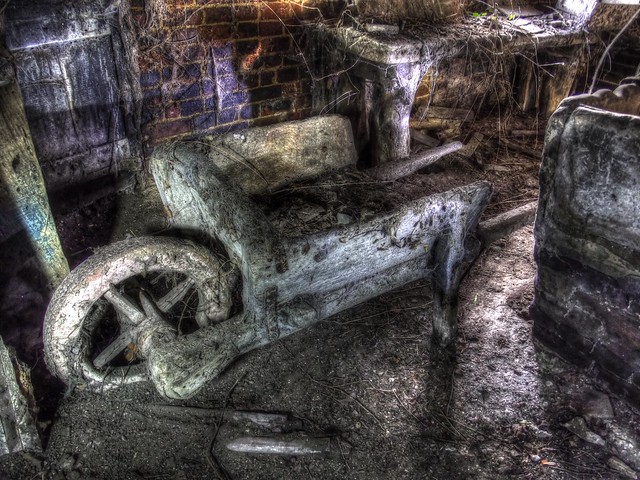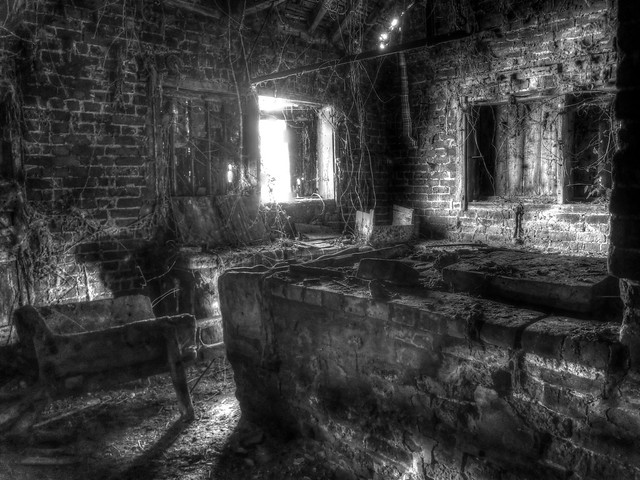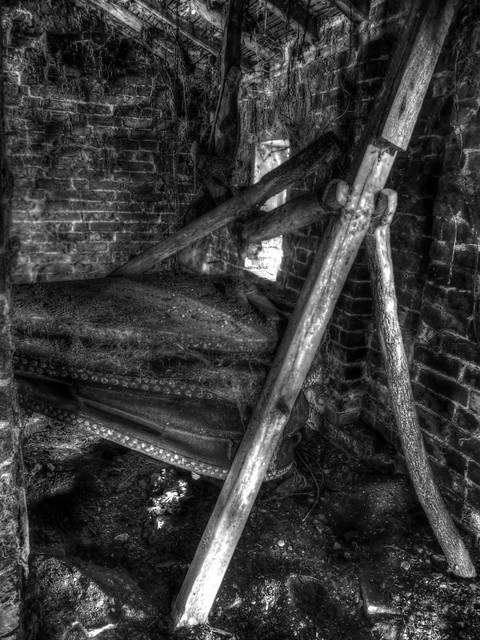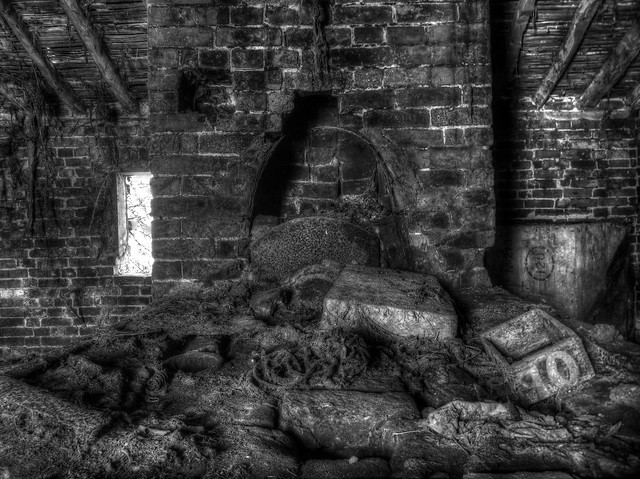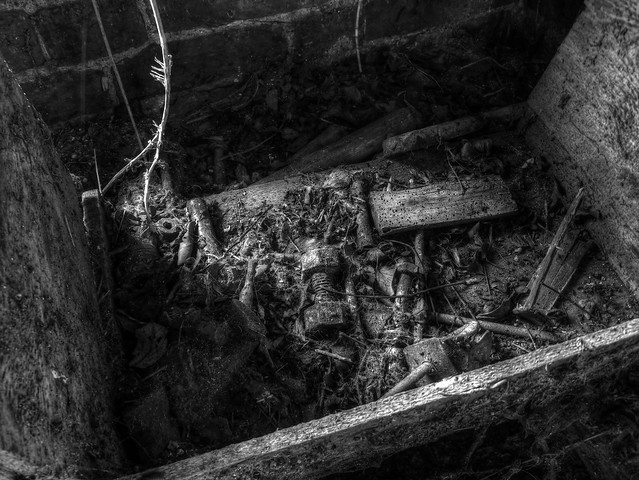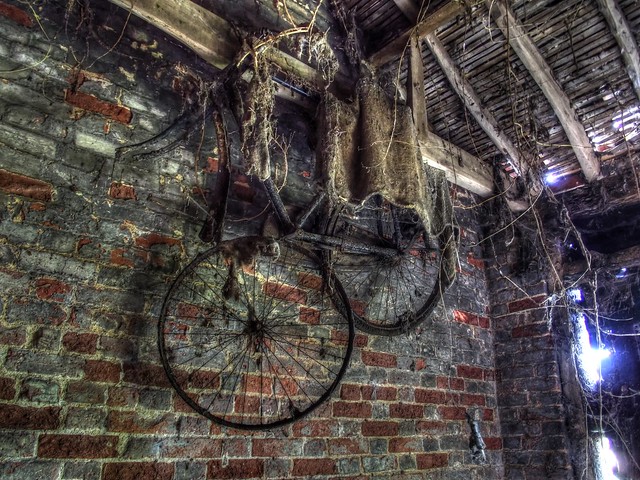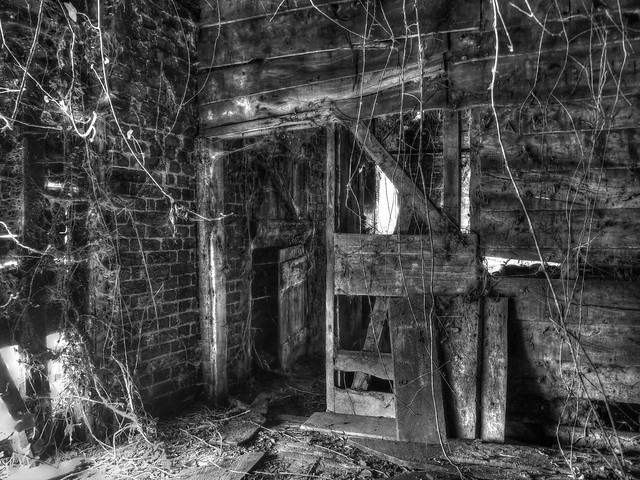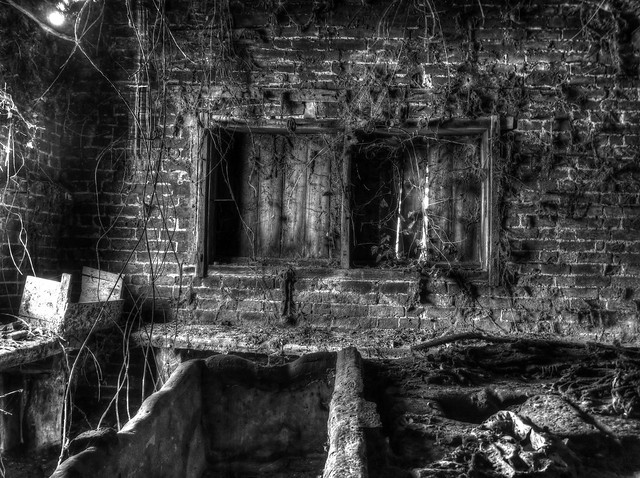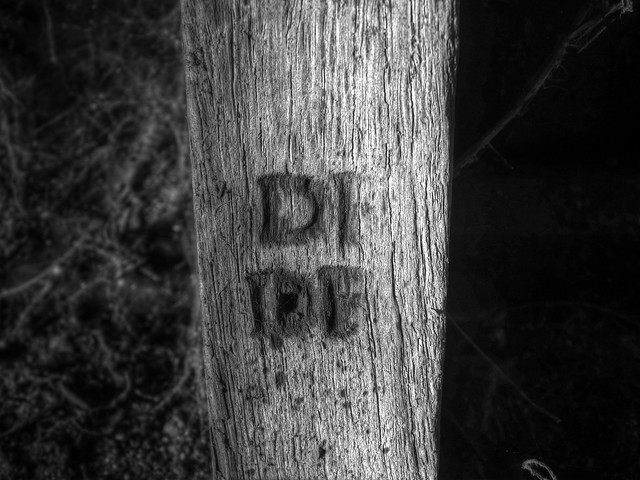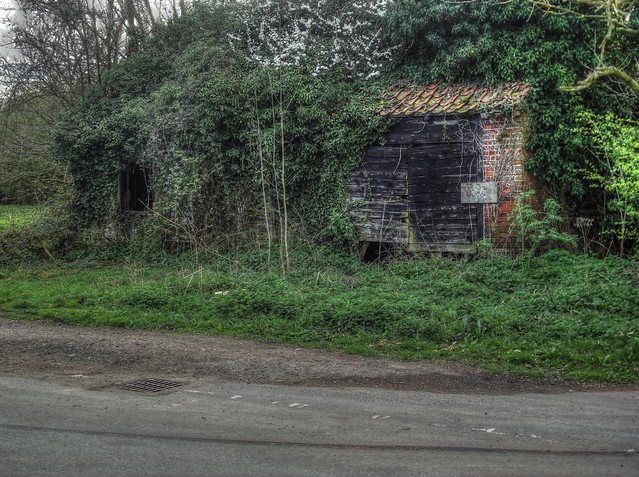I agree. After your and Ricasso's explanation concerning the Steelyard, I have shown my photos to a conservation officer who has helped me in the past. He in turn has alerted a colleague who is responsible for the area the forge is located in. They don't seem to know about it and will get in touch with me, I hope something will be done. It would be a pity if this place were to be swallowed up by nature and forgotten about.
Good on you - at least it will be in the hands of somebody with a bit of clout.
I have been looking closely at your two photographs of this item to work out the actual placement of this device in the forge. It appears that it was made specifically to hang on that beam, or one of very similar cross section, and also appears to hang above the anvil block. Given this specific location in the building, I wonder if your initial thoughts that it might be a lifting device, could be nearer the mark. I can certainly imagine that it could be very useful in supporting heavy hot objects on the anvil.
Whilst writing this I have realised that there could be a simpler and more important use for the thing - it could be part of the bellows pumping mechanism, allowing single person operation so to speak. Only someone like yourself who has been in the building will be able to add credence to this notion, you really need a 'birds eye view' to work out the relative positioning of the device, forge and bellows etc., as the usual photographic views will not allow this.
In any case no matter what the device turns out to be this little time capsule should be prevented from disappearing completely, whether it be by nature's hand or the developer's backhoe! Very few of us these days can even start to imagine how important these forges were to rural life in this country - I have clear memories as a 3 year old in the Autumn of '46 watching the local village smith shoe, what in hindsight were the last three pairs of working Shires on the family farm. The basic steel shoes he used had probably been made in the 100,000s by machine in Birmingham, but it was the skill of the farrier in fitting them which stuck in the mind of that grubby 3 year old on that sunny day. ( For those vaguely interested in the ramblings of an old fart, my father's wartime service had broadened his horizons and my side of the family joined the 'rat race' whilst my uncle took over the farm. Neither side of the family have had any complaints but no matter what people tell you, one never really forgets one's roots.)
Last edited:
































